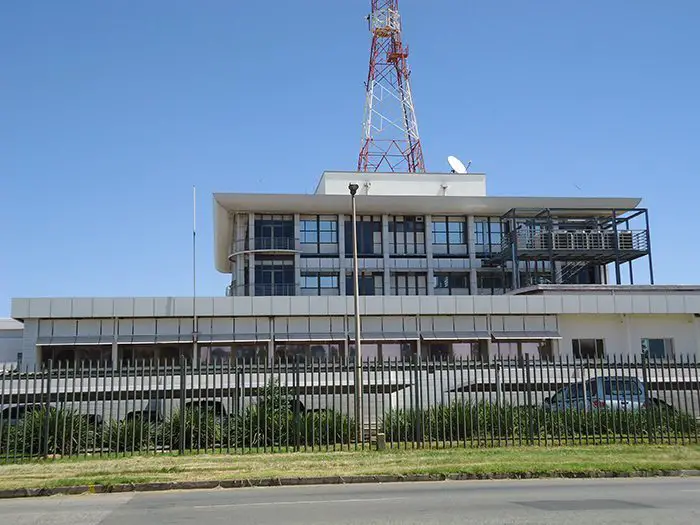Set to Improve Electricity Monitoring
The National Control Centre in Simmerpan, Germiston, has undergone a significant upgrade intended to demonstrate energy saving in action.
Power and energy are basic requirements for development and growth and governments across the length and breadth of Africa are planning major electrification projects. The South African government is no exception and Eskom Holdings SOC Limited the local utility is striving to be a pre-eminent, world class, supplier of electricity in South Africa and Africa at large.
One way Eskom is trying to be world class in its processes is evident at its National Control Centre in Simmerpan, Germiston, which has undergone a significant upgrade intended to demonstrate energy saving in action.
The National Control Centre complex comprises approximately 40 buildings used for training, storage, technical services, offices and conferences. The Simmerpan complex was originally South Africa’s second power station, built to supply the energy-intensive mining industry operated from 1909 to 1957.
The centre used to house two national monuments- the old switch gear building and the conditioning plant. The upgrade of the multi-million national control centre monitors electricity and tries to keep the power supplies stable.
“Whatever Gauteng does, affects demand across the whole country. If you can keep Gauteng’s power managed the rest of the country is fine”, explained Robbie van Heerden, system operator general manager atEskom National Control Centre. It can be freezing in the Western Cape, and conditions there will not affect us as much. When demand is unusually high, 90% of that load comes from Gauteng, adds Heerden.
The control room
Inside the control room where the electricity balance is monitored and maintained, a huge screen the size of those used in a movie theatre, lists rows and rows of figures that constantly change as supply and demand data is updated dynamically. The on-the-screen lists indicate the working power stations, the amount of power being generated and amount of power being used.
The screen has a list of all the power stations on the grid. Each unit in each power station that is working and supplying power is displayed by a red dot. Units which are off-line are displayed in green. At the bottom of the screen is a display of the total amount of the load and capacity available. In addition, on the right side of the giant screen, a map depicts the country’s transmission system where the frequency of the supply across the country is displayed as engineers try to keep the optimal balance between supply and demand at about 50Hz.
The Project
The upgradeproject team was led by Steffanuti Stocks as the project’s main contractor, who later appointed Leading Iconic South Africa (LISA), a black woman owned company to erect the scaffolding on the project. All the scaffolding material was supplied by Layher to LISA, and this consisted of the Layher Allround access scaffolding system.
The material was delivered and erected as required because of the limited space on site. This was possible, because of Layher’s 60 years of experience in scaffolding solutions. Hence, Layher ensured that its Allround system enabled on site consultants to work safely and productively.
In addition, to the Layher Allround system, other solutions supplied by Layher include the Layher Protective Systems, the Layher Event System, and Layher ladders and rolling towers.
Eskom generates 95% of South Africa’s electricity and though this amount is equivalent to 45% of all the power used on the African continent the country still has very little excess capacity. This means the upgrade of the National Control Centre could not have come at a more opportune time given the need to a ensure adequate supply.
